Larry Klairmont Auction
Mecum will offer the remainder of the late Larry Klairmont’s collection at auction the weekend of September 20-21 at the Klairmont Kollections Automotive Museum in Chicago. The 100,000 square-foot museum remained open since his passing in 2021, but the final opportunity for the public to tour it will be September 14, 2025. Around 300 cars will be offered for sale along with thousands of pieces of memorabilia. Let’s take a look at a few lots that jumped out to us from the Larry Klairmont Auction.
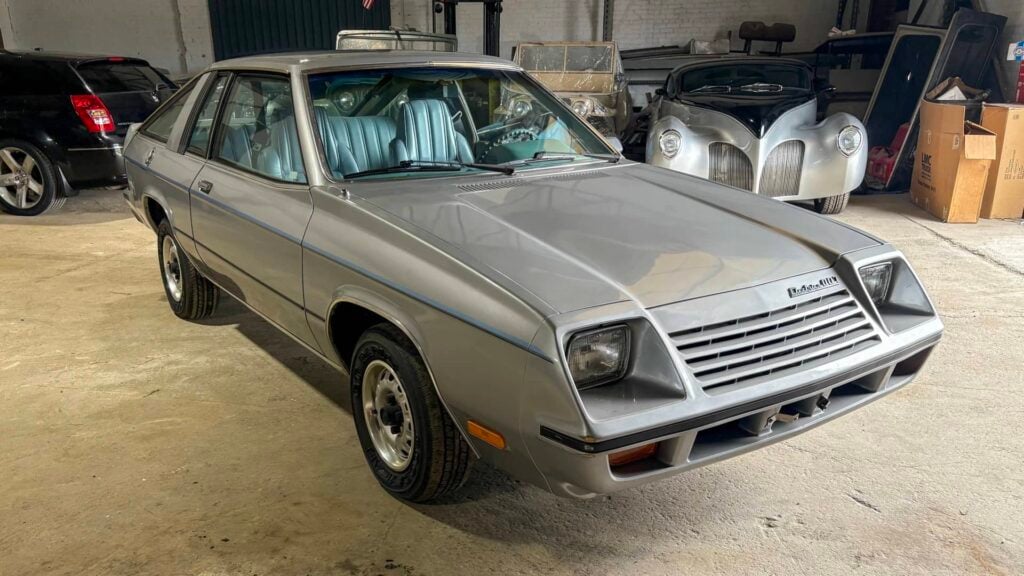
The 1982 Jet Electrica 007 was a bold yet eccentric attempt to bring an electric car to the mainstream market. Instead of designing a car from scratch, Jet Industries converted a Dodge Omni by replacing its gasoline engine with an electric motor and battery pack. This approach, prevalent among early electric car manufacturers, utilized a popular model while adapting it for an electric future.
However, the conversion was far from smooth, resulting in a vehicle with a limited range and a substantial weight penalty due to its lead-acid batteries. Despite these limitations, the Electrica 007 stands as an intriguing artifact of a bygone era, highlighting the challenges and innovative spirit of those who envisioned an electric future. It also serves as a stark reminder of the significant advancements in electric vehicle technology.
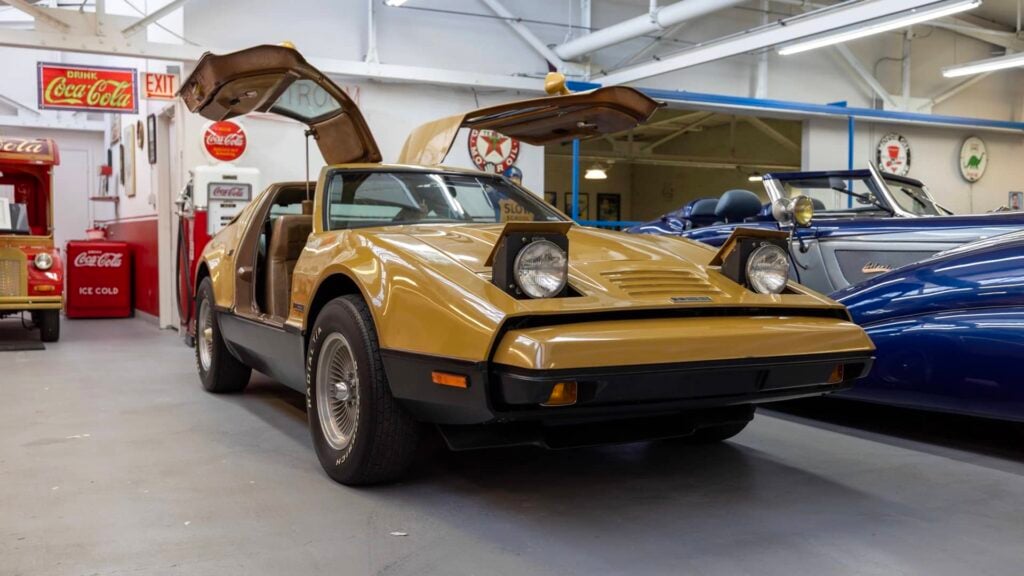
The Bricklin SV-1, a captivating and often misunderstood automotive marvel, was conceived by American entrepreneur Malcolm Bricklin between 1974 and 1975. His ambitious vision was to create a “Safety Vehicle” that prioritized occupant protection without compromising the sporty allure of a sports car. This pioneering focus on safety resulted in innovative features such as an integrated steel roll cage, energy-absorbing bumpers, and a body crafted from color-impregnated acrylic resin bonded to fiberglass.
Beyond its safety features, the SV-1 was most notably characterized by its hydraulically-powered gull-wing doors. While visually striking, these doors were plagued by frequent technical issues. The car was powered by a V8 engine, but production was ultimately hindered by quality control problems and financial difficulties. Despite its limited production of fewer than 3,000 cars, the Bricklin SV-1 stands as a distinctive symbol of a daring attempt to redefine the American sports car.
The example that will be offered by Mecum from the Larry Klairmont collection is especially notable as it’s serial number 00001.
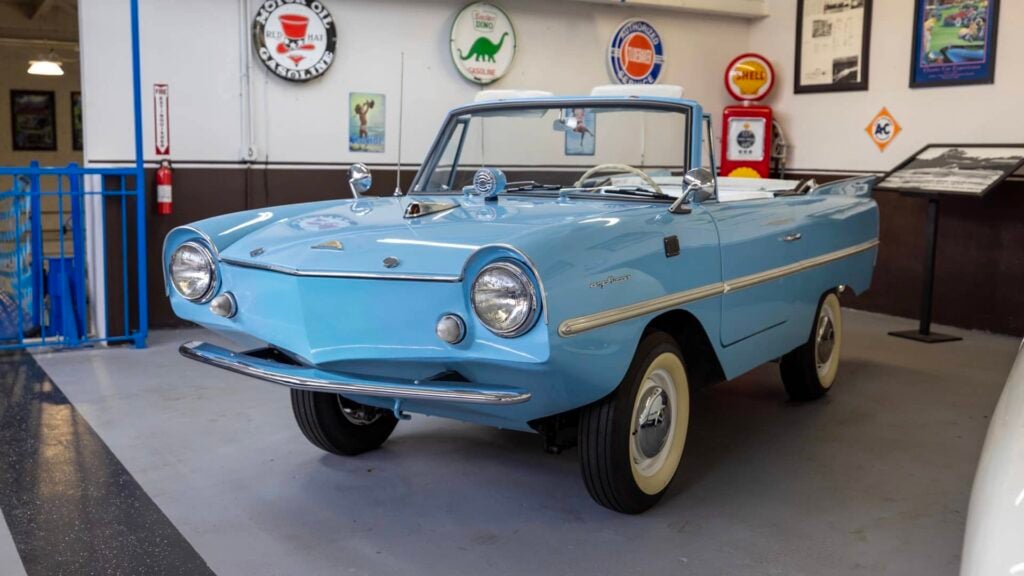
The Amphicar 770 stands as one of the most distinctive and ambitious vehicles ever mass-produced. Launched at the 1961 New York Auto Show, this German-built vehicle was the brainchild of designer Hans Trippel and was the first, and to this day only, civilian amphibious passenger car to be manufactured on a large scale. Its name, “770,” famously derives from its dual capability of achieving 70 mph on land and 7 knots on water.
The Amphicar was not just a novelty; it was a fully functional car and boat. Its unique design featured a watertight steel hull, a folding convertible top, and twin propellers mounted at the rear. Power came from a Triumph Herald engine, which drove both the rear wheels on land and the propellers in the water. Despite its novelty and dual-purpose appeal, the Amphicar’s production run was short-lived, ceasing in 1965. Challenges included its high cost, a need for post-water maintenance, and new safety and emissions regulations in the United States.
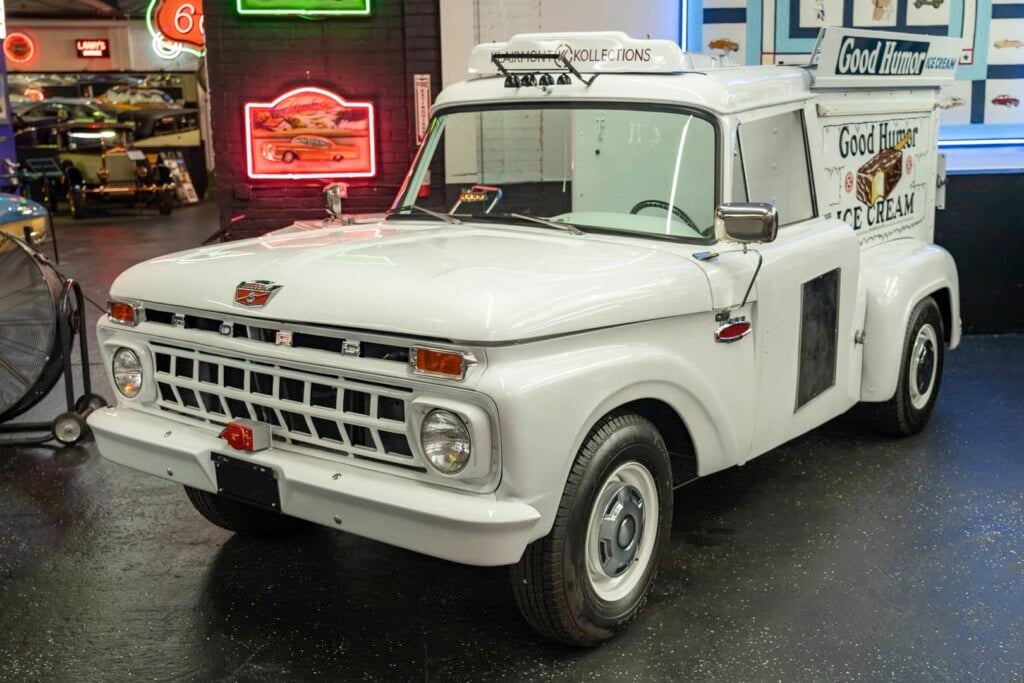
Few sounds are as universally recognizable as the distant ringing of bells on a warm summer day, signaling the arrival of the Good Humor man. Although the brand’s history dates back to 1920, its most iconic era is defined by the fleet of white trucks that became a staple of American suburbia. A particularly beloved and recognizable example is the 1966 Ford F100 Good Humor truck.
The 1966 Ford F100 Good Humor truck wasn’t just a vehicle; it was a mobile ice cream parlor designed for a singular purpose. Built on the rugged and reliable Ford F-Series chassis, the 1966 model featured a custom, open-air cab for the driver and a massive, refrigerator-like body in the back to keep the frozen treats perfectly chilled. The truck’s classic design, from its gleaming white paint to the prominent bells mounted above the windshield, transformed a simple utility vehicle into a timeless symbol of Americana.
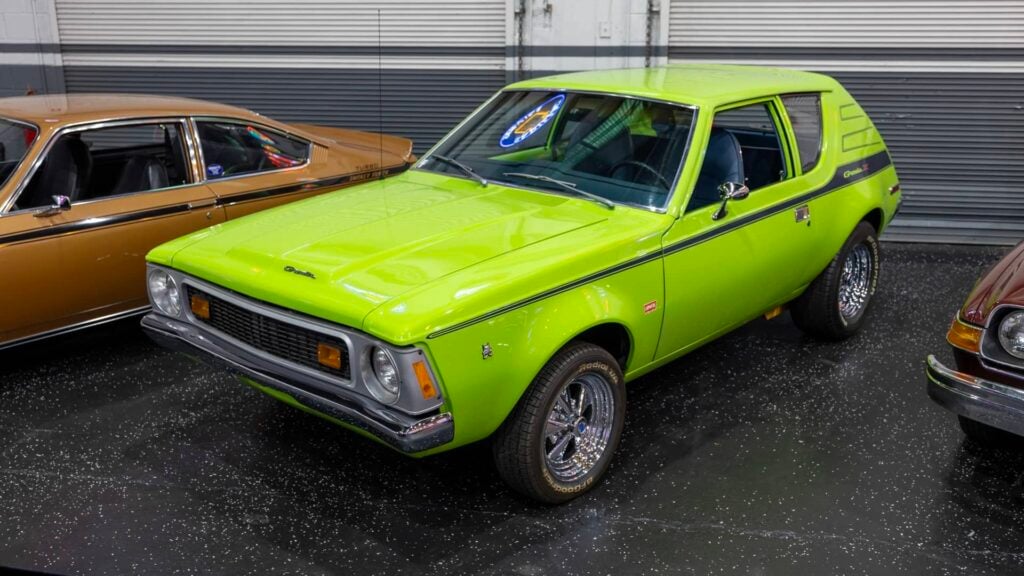
The AMC Gremlin X, a product of a pivotal moment in American automotive history, emerged when manufacturers sought to compete with the growing influx of fuel-efficient imports. Introduced on April 1, 1970, by the American Motors Corporation, the Gremlin was a subcompact car renowned for its unconventional, truncated “Kammback” design, famously sketched on an air-sickness bag.
While the standard Gremlin offered a straightforward and economical approach, the “X” package elevated the model from a basic commuter car to a sporty and distinctive vehicle. Introduced as an option in 1971, the Gremlin X featured a range of upgrades, including bold side striping, special wheels, and sport bucket seats. It was often equipped with powerful inline-six engines, and later, a V8 engine option that was highly unusual for a car of its size, earning it the moniker “America’s first hot hatch.” Despite its polarizing appearance, the Gremlin achieved sales success, becoming a unique and memorable symbol of 1970s American ingenuity.
The example being offered by Mecum is powered by 304 cubic-inch V8 paired with a four-speed manual transmission equipped with a Hurst shifter.
